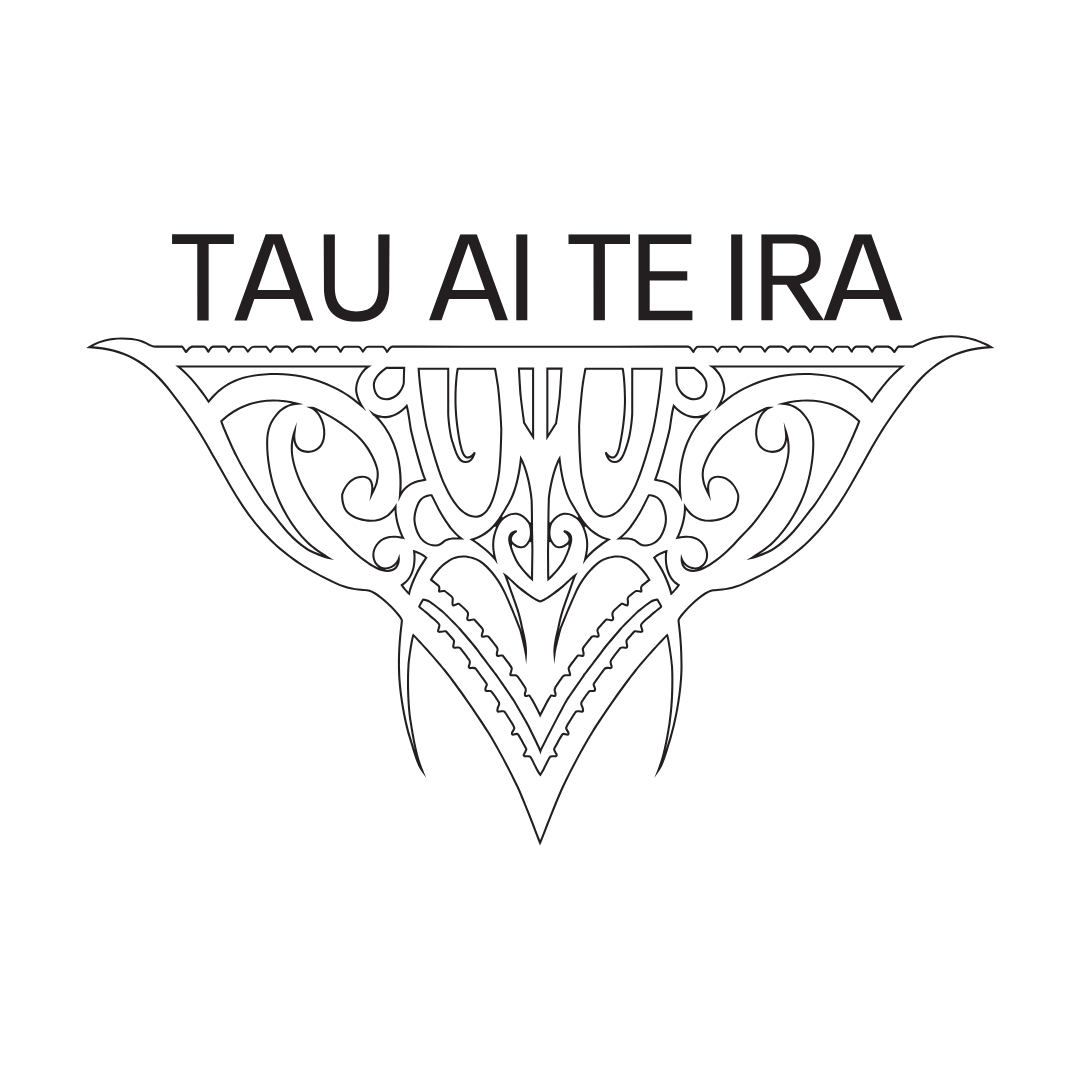Research on Shaken Baby Syndrome
Kelly, P. ‘Paediatric Abusive Head Trauma in New Zealand’, (Doctor of Medicine), University of Auckland, 2020. https://researchspace.auckland.ac.nz/bitstream/handle/2292/53050/Kelly-2020-thesis.pdf?sequence=4&isAllowed=y
“Shaken baby syndrome” refers to a range of head injuries that are now, in medical literature, usually known as “abusive head trauma” (“AHT”). AHT includes bleeding inside the head, brain injury or skull fracture. Many babies are injured by shaking alone, but the term AHT recognises that injury is also caused in other ways. However AHT is caused, the force applied is well beyond any normal handling of a baby.
AHT is the leading cause of head injury in infancy. In Aotearoa, our annual incidence is around 30/100,000 infants < 1 year, similar to the US and higher than Australia, Canada and the UK. That means 20-25 babies admitted to hospital every year, of whom 15-20% die. Most survivors suffer permanent disability. The economic burden is significant, with an average lifetime cost of 11.7 million NZD per child – not including the lifelong and intergenerational social and emotional consequences for children and their families.
It is important to note that the diagnosis of AHT is easily missed by doctors, because the symptoms may be subtle or non-specific. Research suggests that approximately 3% of New Zealand parents have shaken a child under 2 years old, so the real number of “shaken babies” in this country every year may be far greater than 25.
Although multiple risk factors have been described in the literature, most important are these: age (infants), and crying. Crying is by far the most common reported trigger for shaking. That is why Tau Ai Te Ira begins with crying, and offers multiple strategies that we can all use to help us respond appropriately and safely to “the call of the future.”
A comprehensive summary of local and international research on AHT is available from the University of Auckland (https://researchspace.auckland.ac.nz/handle/2292/53050)
Additional links are provided here in a downloadable pdf

